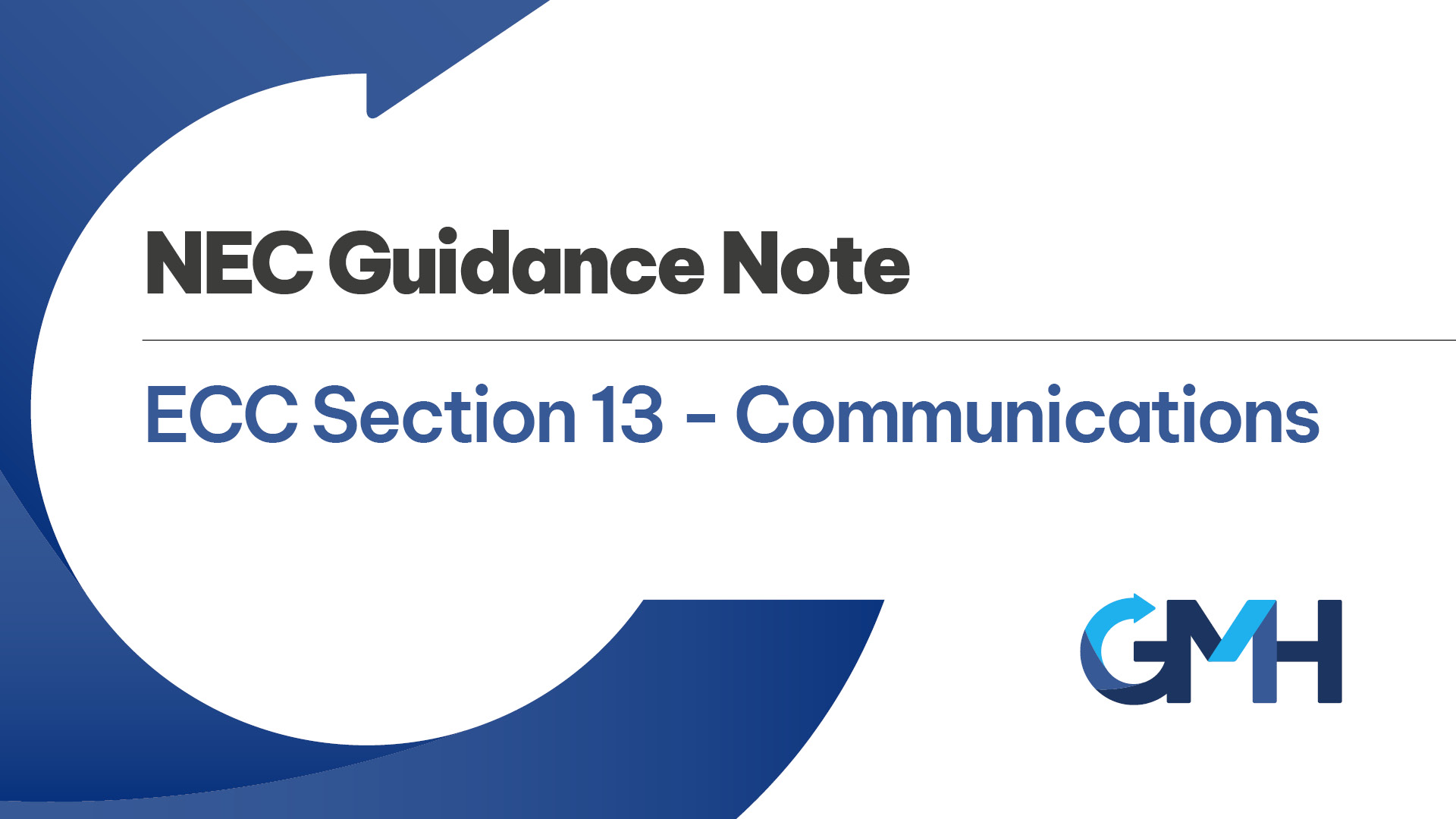Flow of communication is essential between the parties to ensure the level of understanding and transparency between the Parties. In particular clauses 13.1 and 13.7 are key, where all communications are required to be in a form that can be read, copied and recorded, and the requirement for any notification to be separate from other forms of communications. This ensures that in particular verbal instructions are not a contractual process, and that communications are not lumped together where they may or may not get lost. Clear concise communication ensures both parties knows exactly where they stand with each other and will form another key part of the Project Workshop to set up the flow of communication, and to establish who is authorised/delegated to give which instructions/communications.
NEC4 now also clarifies within clause 13.4 that when the Contractor/Designer has issued something for acceptance (e.g. programme or design), not only does the Project Manager have to state the reasons why they are not accepting but also in sufficient detail to allow the Contractor/Designer to correct the submission. This prevents something being rejected for high level reasons and the other party not really knowing what they need to do in order to get it accepted.
In this day and age it is strongly recommended that a cloud-based tool is used to manage the flow of communications. There are various tools out there such as Cemar, Aconnex etc and these web-based tools allow full transparency to everyone involved on the project in terms of notifications and instructions given, status of communications and response times to be followed. They give a full audit trail as to what was raised when and by who, and how/when it was managed to a conclusion.

